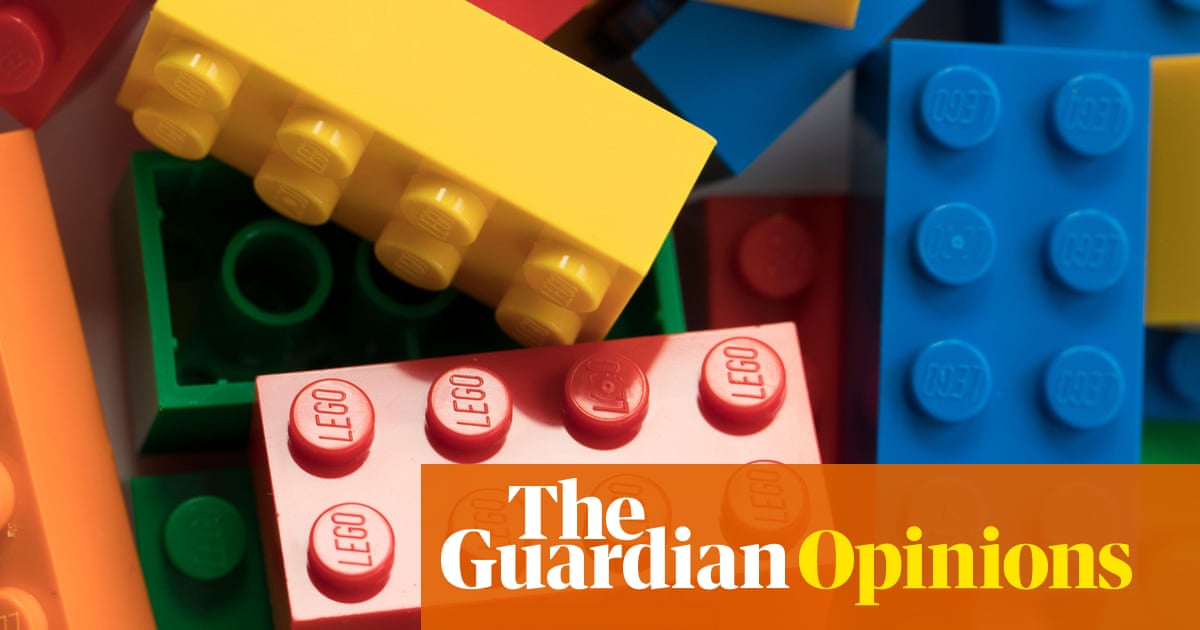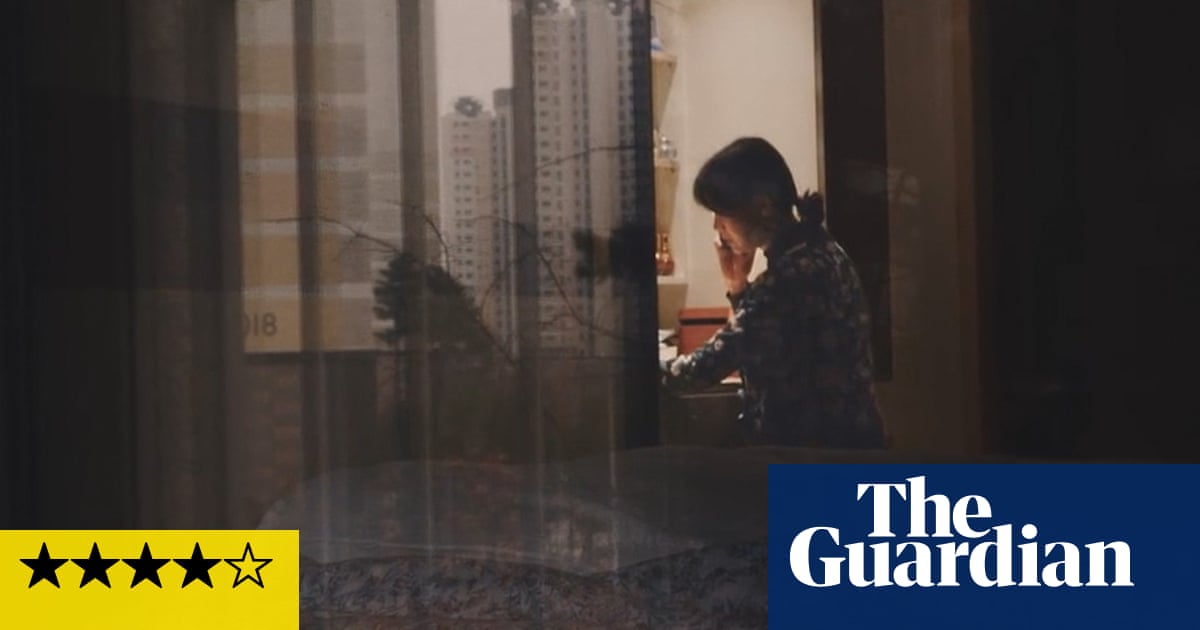
Abonfire, a bonfire, a bonfire. David Cameron promised one as prime minister, as did Boris Johnson, as did Liz Truss when she ran for the highest office in the land. Conservative leaders come and go, but they all want a conflagration. Always of red tape, of course, the semi-mythical substance that is said to throttle business. The trouble is that, in the case of Grenfell Tower, it was human lives that burned. The 30-year pursuit of deregulation in the building industry demonstrably contributed to the killing of 72 people in their homes. It helped lead to the moment when a two-year-old boy died coughing and crying in his mother’s arms while she was on her phone to a firefighter, shortly before she too died.
Show Me the Bodies is a clear, moving and powerful account of Britain’s worst fire since the second world war, written by someone who knows what he’s talking about. Peter Apps, a journalist who specialises in housing, was already investigating – before the disaster – the dangerously combustible insulation and cladding used on British apartment blocks. “On the morning of the 14th June 2017,” he writes, “when I woke up to the images of Grenfell Tower on fire, my first thought was ‘it’s happened’.” He has since followed the public inquiry into the fire and the plight of those living in other buildings wrapped in materials similar to those that burned at Grenfell.
The book starts with a description of a block of council flats where a faulty electrical appliance set fire to panels recently installed on the external walls, which turned what should have been a minor incident into a tragedy. Mothers and children, staying put in their homes on the advice of the fire brigade, died. You think he’s talking about Grenfell but he’s not: this is Lakanal House in the London borough of Southwark, which burned in 2009, the lessons of which went wilfully unlearned.
Apps then splices two timelines, alternating them chapter by chapter. One is an hour-by-hour, minute-by-minute account of the night of the fire. The other is the decade-by-decade, year-by-year story of the progressive dissolution of the safeguards that were meant to prevent such a thing. In one you hear the voices of fear, grief, courage and love; in the other those of obfuscation and prevarication, and of cynicism, greed and contempt. “I think [they] are getting me confused with someone who gives a damn,” said Philip Heath of the manufacturer Kingspan, when a building contractor asked about the fire risks of their insulation. “Fucking happy days,” said an employee of the same company, after it managed to get a product to pass, on the third attempt, a safety test.
Apps traces the tale of deregulation back to the 1980s, when Margaret Thatcher’s environment secretary Michael Heseltine, citing builders’ complaints of “delays and costs”, made “radical changes” to the building regulations. This and successive administrations would then progressively loosen the system. Prescriptive rules were replaced by “performance-based” guidance. Builders gained the right to “self-certify”, which means that they themselves can determine whether they are meeting regulations rather than ask a publicly appointed inspector.
The Building Research Establishment, an agency that examines the safety and performance of construction methods, was privatised, such that manufacturers would pay it to test their products. This arrangement would help the companies that made the insulation and cladding used on Grenfell to arrange tests where they could optimise their chances of positive results, and to suppress them when they failed.
Meanwhile, buildings burned – Knowsley Heights in Merseyside in 1991, Garnock Court in North Ayrshire in 1999, the Edge in Salford in 2005, Lakanal in 2009, Tamweel Tower in Dubai in 2012, the Torch tower in Dubai in 2015. Their external wrapping was implicated in each. The British examples indicated flaws in the building regulations, but little was done to address them. At a critical moment, Cameron announced his intention “to kill off the health and safety culture for good”, which made meaningful action still less likely.
At the same time, insulation standards were progressively raised as a response to the climate crisis, which created a lucrative market for whichever companies could wrap cold old tower blocks most effectively (thermally speaking) and most cheaply. Powerful motivations were thereby created to soften the rules, within a regulatory system whose resistance had been weakened. The public inquiry hasn’t reached its final conclusions, which obliges Apps slightly to qualify some of his statements, but there’s no doubt that the combustibility of the stuff around the tower was a major factor in the disaster.
It wasn’t, though, the only one. Also under suspicion are the workmanship with which the wrapping was installed, the failure of fire doors to work as they should, poor smoke extraction, the lack of sprinklers and alarms, and the functionless but allegedly aesthetic “crown” on top of the building that accelerated the spread of the fire. Inadequate technology hampered the fire brigade – at one point during the fire they resorted to sending messages to one another on scraps of paper – and they lacked a plan B when their advice to “stay put” ceased to protect lives.
The residents of Grenfell were failed by almost everyone who should have been keeping them safe – manufacturers, consultants, contractors, industry bodies, regulators, national and local government, civil servants, the management company in charge of the block. Across these players some underlying factors recurred: the drives to keep costs down, the shrugging off of responsibility to someone else, the can’t-be-bothered attitude to the mostly poor people who would suffer from these decisions.
And then, even in the aftermath, old habits refused to die. Government weaselled and wriggled, deflecting clear statements and actions until the years-distant end of the inquiry. The scandal of the cladding of other blocks, which has ruined countless lives with impossible costs and unending stress, continues. And the ruling party still shouts for “deregulation” without giving any sign that they have learned anything from Grenfell.
Never before, in years of reviewing books about buildings, has one brought me to tears. This one did, with the story of a Grenfell resident struggling to escape with his young daughters and heavily pregnant wife. Those who justified the deregulating policies that led to this misery sometimes spoke of the interests of “UK plc”. But, even if you put basic humanity aside, how is it good business to create the situation we now have, where billions have to be spent correcting mistakes that should never have been made?












